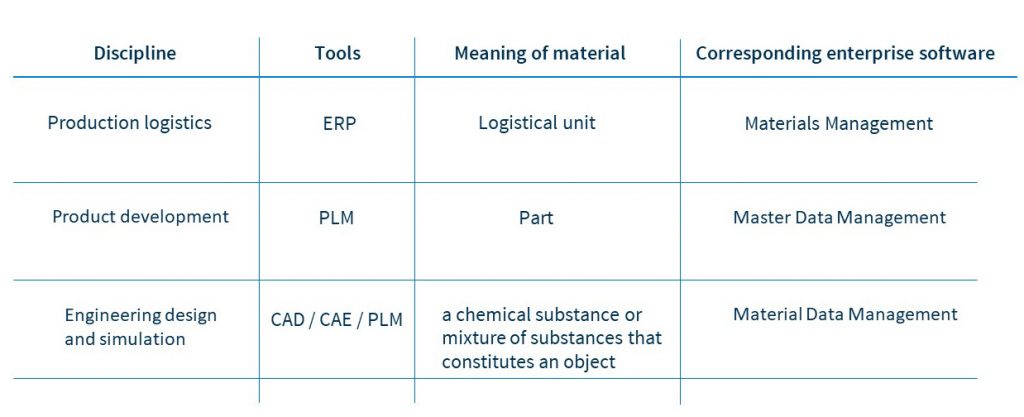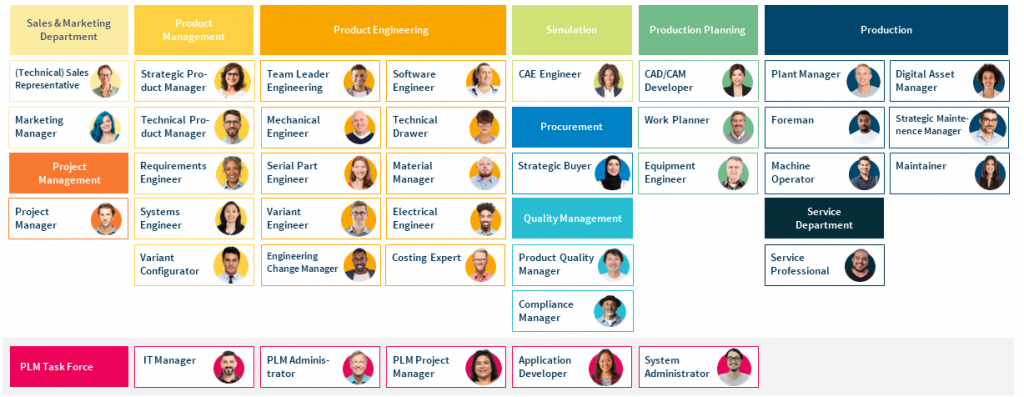The digitization of business processes has received remarkable attention in recent years. On the one hand, the Corona pandemic ruthlessly exposed digital gaps, and on the other hand, in view of the political, social and ecological changes, companies are being called upon more than ever to act in a more agile and sustainable way. Motivation is high enough and progress in digitization is becoming more and more visible. However, implementation is usually less based on a digitization roadmap that shows the milestones and waypoints to the goal, but rather on a salami tactic.
Digitalization in small bites poses risks
When I talk to representatives of medium-sized companies about digitization, the answer is often: Yes, we do it all the time! Examples include actions such as the creation of policies to increase the use of Office software features throughout the company, the introduction of a ticket system, or the use of a requirements management tool in product development.
This reflects a common practice of carrying out digitization projects on a divisional or departmental basis, in relation to individual tasks or sub-processes. At first glance, it often seems attractive to plan and implement projects from a departmental or site perspective, because the coordination effort is lower and department-specific solutions can supposedly be implemented quickly.
In principle, implementing demanding projects in manageable steps is a sensible approach. So does generating benefits quickly and making digitization progress continuously visible. However, the fragmented approach also carries risks: This is when the target image of digitization is unclear and the path to achieving it is not adequately described. Here, there is a realistic risk of not achieving essential goals of digitization projects. For example, not exploiting the potential of new, digital business models and thus not driving forward the digital transformation of the company. Or not using the company-wide and cross-company data treasures if the focus is only on local optimization.
The benefits of a digitization roadmap
To put it up front: With a digitization roadmap, companies can minimize the above-mentioned risks with little effort. It provides a reliable, medium-term guideline for all digitization activities in the company, aligned with a clear target image. With its different perspectives on the topic of digitization, it addresses the specialist departments, IT and management. The digitization roadmap should contain some essential information:
- What is the company’s level of digitization?
The basis of the digitization roadmap is an inventory of the current level of digitization in the company. For this purpose, the existing target images, requirements, and activities in the various corporate divisions and hierarchies are reviewed. Common maturity models help to assess the company’s level of digitization. - What is the target scenario?
Once the status quo has been established, a clear, coordinated target scenario for digitization can be drawn up. The target scenario contains an overview of the future digitally end-to-end business processes as well as the future application architecture and the necessary information services. - Which sub steps are necessary?
Once the goal is clear, the next step is to define and describe the necessary subprojects. In order to prioritize the subprojects in a meaningful way, the required internal and external resources and the possible project risks are estimated. The information previously obtained from the inventory is also used to extrapolate the benefit and business potential of the individual digitization subprojects. This makes it possible to calculate business cases for the planned projects.
The project team and management are thus able to decide on the subprojects and their prioritization according to objective cost/benefit criteria, resource availability and other company-specific parameters. In this way, today’s digitization bites become defined, evaluated subprojects within an overarching context. - What is the business case?
The high degree of concretization of digitization activities, especially of the relevant business case, is an essential basis for reliable financing of digitization projects. For example, special IT project financiers offer flexible top-up leasing that adjusts the leasing rates to the expected increase in benefits. Or even the financing of internal personnel resources. With such financing models, digitization then even succeeds without any restrictions on liquidity.
Conclusion
In the past, only individual projects were often launched. Currently, however, more and more of our customers are taking advantage of strategic planning with digitization roadmaps. With little effort, they offer a reliable orientation for the digital transformation with a clear target picture, concrete business case and alternative financing options.





